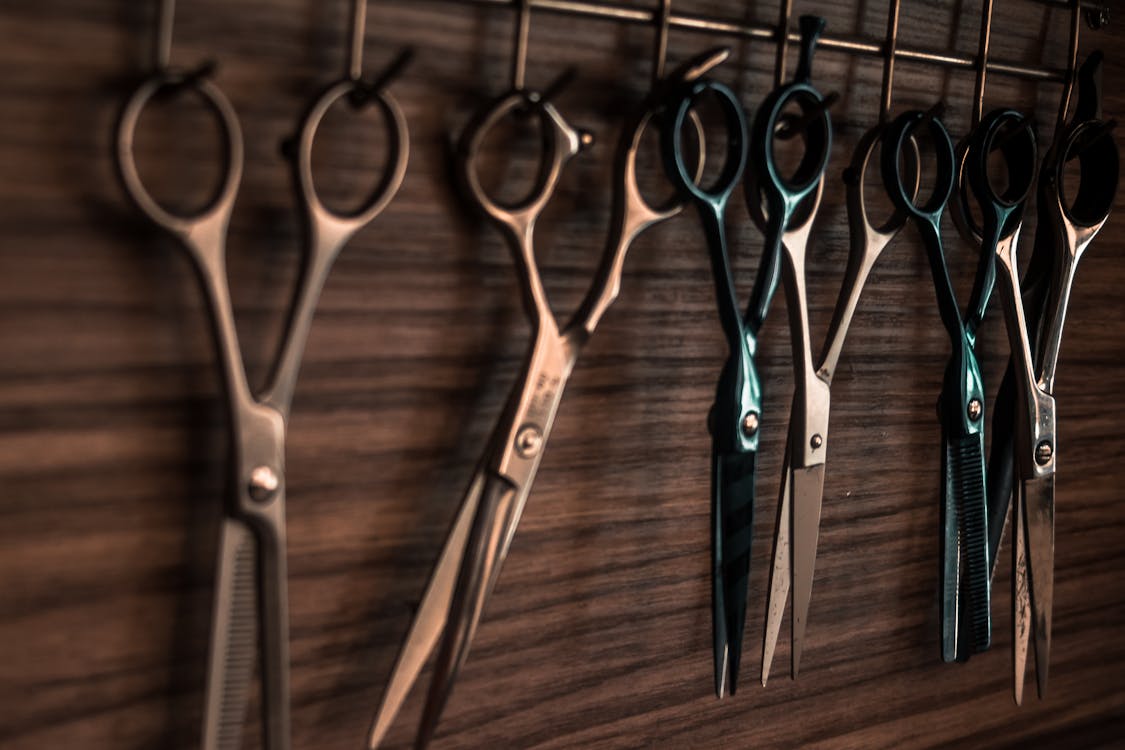Clipper blade sharpening Specialized for Vets
Blade sharpening for Vets
If you are a professional You are aware of what it means to use sharp knifes. It not only ensures that your work is effective and precise, but it also assists in preventing injuries. This is where the use of honing steel is essential. Honing steel is an important tool for any serious chef or butcher, but how exactly does it work? And why is it crucial to your knife-making skills? This article will examine these and other questions as we discuss the benefits of honing your steel and how to properly use it.
What is honing?
Honing steel (also called sharpening or sharpening steel) is a long , slender metal rod having a rough surface . It can be used to sharpen and maintain the edge of knives. It consists of two parts: the rod itself and the handle, which is home to the grip to ensure safe handling. The rod itself has lines that extend lengthwise across its body; these ridges form an edge when the knife moves across them. When the honing process is performed correctly, it creates an ultra-sharp edge to a knife blade that can last for longer than make use of whetstones and electric sharpeners on their own (1).
What are the benefits of honing steel?
One of the primary advantages of honing steel is that it helps extend the life that your blades last. By running your blades frequently over the ridges on the honing steel, you'll to keep them sharper for longer periods of time , by aligning edges that are dull or jagged in time (2). This can save you time and money over the long haul and you won't have to purchase new blades every time! Also, because honing steel isn't as abrasive as other sharpening tools such as whetstones or grinders, it's not likely to damage or wear out your blades over time (3).
Another advantage of honing steel for safety is that If used correctly it prevents accidents caused by dull blades. This is because it creates an edge that is razor-sharp each time you utilize it (4). When cutting through tough materials dull blades could cause slips or nicks. Honing steels on a regular basis can help keep blades sharp and reduce the risk of injury by a significant amount.
How can I make use of my honing steel correctly?
Making the right honing decisions requires patience and accuracy; Here are a few easy steps to follow:
- 1.) Start by securing your knife perpendicular to the rodbut not against it, and at about a 20-degree angle (5).
- 2.) Then, move your blade slowly along one side of the rod at steady intervals until you reach its top; then repeat the motion on the opposite side, applying light pressure on every stroke (6).
- 3.) Be sure to maintain an equal angle through each stroke--too little angle can result in an inaccurate edge, and excessive angles can harm your blade (7).
- 4) Once both sides have been completed in a uniform manner, slowly work your way up towards its base until all areas are addressed before repeating strokes from base to tip several times, depending on the sharpness you wish the edge of your blade to be
- 5) Then, you can finish by wiping any metal shavings with an abrasive cloth and then placing them in a storage container to be used again!
Conclusion
To sum up the point, honing steels are vital equipment for every serious cutlery lover who wants to get the perfect edge on their knives without creating unnecessary wear and tear caused by abrasive tools such as whetstones and electric sharpeners. They'll not only reduce your costs over time as they extend the life of the blade however, they will also give you a a sharper and safer cutting experience every time you use them! Be sure to take care when using them and always be patient and precise with every cut. Good luck!
Sharpening Seated Knives
Serrated knives are useful for a myriad of jobs such as slicing vegetables or cutting through tough meats. But when the serrations on your knife begin to dull they're time to sharpen them. For that you'll require diamond sharpening steel. A diamond sharpening steel is a must-have instrument for the professional or home cook. It lets you quickly and accurately sharpen serrated knives , but also straight-edge knives and scissors.
The most efficient method to sharpen your sharp knife is to use diamond cutting edge stones. This kind of stone is constructed from diamonds and is extremely tough. The more hard the stone, the sharper the blade. Diamonds can cut through any kind of material easily. They are used to make jewelry , and are very expensive.
However, there are many options to sharpen your knife without having to shell out thousands of dollars. You can utilize a normal filet knife as well as a bench grinder and even sandpaper.
There are a variety of stones that you can purchase at your local hardware store. Many prefer using the emery papers which are slightly less expensive than diamond stones. If you're looking to see the most impressive results, you must choose a diamond.
What is a diamond sharpening steel?
A diamond sharpening iron (also known as a honing rod) is an essential tool to keep your kitchen knives razor-sharp. It has a diamond abrasive surface that makes it perfect for sharpening straight-edge blades and serrated edges. The diamond's fine grit surface can remove burrs as well as nicks from the blade edge while also realigning the fibers of metal so they align perfectly when you reattach the blade's edge. This helps ensure that the knife will hold its new edge longer with other types of sharpening rods or stones.
Utilizing diamond Sharpening Steel in order to Sharpen serrated knives
Sharpening serrated knives requires specific techniques that differ from those employed to sharpen straight-edged blades. Before using the diamond-sharpening steel ensure that you review the product's manual thoroughly as the directions can differ in accordance with the type of rod you have purchased.
- Step 1: First, use an absorbent cloth to wipe off any food particles or debris that may be on the blade. After that, you'll use your diamond sharpening iron to enhance the sharpness of the blade.
Step 2. Hold the handle of your diamond sharpening iron firmly in one hand, and then hold the blade of your serrated knife in its long face at an angle between 20deg and 30deg with respect to its lengthwise side (as shown in the figure 1). - Step 3: Gently slide your knife down its long side by alternating back and forward motions until all serrations have been scratched against it several times (as as shown in Figure 2.). Do not push too hard or move too fast, as this could cause damage to your knife's edge and surface of your honing rod!
- Step 4: After all of your knife's serrations have been brushed on it numerous times, repeat Step 3 with each individual serration until you have the desired results (as depicted in figure 3).
- 5. To close off, give each serration one final brushing with gentle pressure. Then, wipe the remaining residue off with a soft cloth prior to putting them safely away!
Conclusion
Sharpening serrated knives is a bit of a hassle when you're not sure the right way to go about it. However using the right procedure and care it's not difficult to keep these tools well maintained with just a few quick strokes on a good honing rod similar to diamond sharpening metal! Follow these steps whenever you need to touch up or modify the edges of your knife. You'll be thankful you did!
Click here:
Zdravje in Dom Kombuča shears sharpening knife cutting tools

